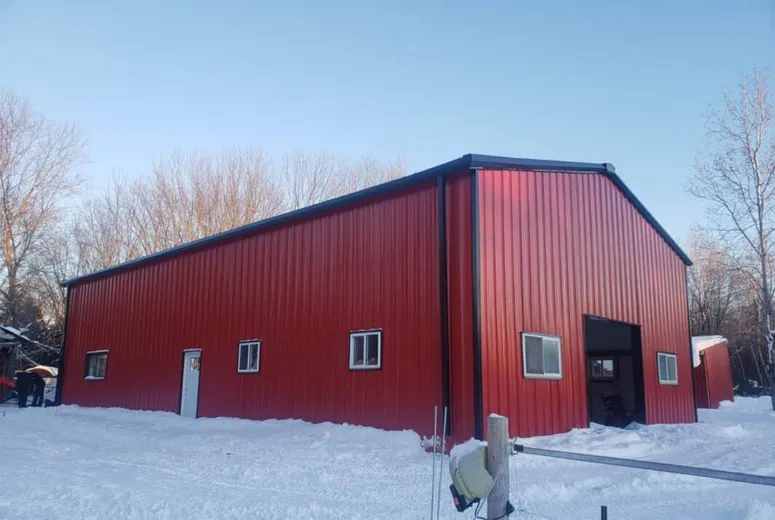- Afrikaans
- Albanian
- Amharic
- Arabic
- Armenian
- Azerbaijani
- Basque
- Belarusian
- Bengali
- Bosnian
- Bulgarian
- Catalan
- Cebuano
- Corsican
- Croatian
- Czech
- Danish
- Dutch
- English
- Esperanto
- Estonian
- Finnish
- French
- Frisian
- Galician
- Georgian
- German
- Greek
- Gujarati
- Haitian Creole
- hausa
- hawaiian
- Hebrew
- Hindi
- Miao
- Hungarian
- Icelandic
- igbo
- Indonesian
- irish
- Italian
- Japanese
- Javanese
- Kannada
- kazakh
- Khmer
- Rwandese
- Korean
- Kurdish
- Kyrgyz
- Lao
- Latin
- Latvian
- Lithuanian
- Luxembourgish
- Macedonian
- Malgashi
- Malay
- Malayalam
- Maltese
- Maori
- Marathi
- Mongolian
- Myanmar
- Nepali
- Norwegian
- Norwegian
- Occitan
- Pashto
- Persian
- Polish
- Portuguese
- Punjabi
- Romanian
- Russian
- Samoan
- Scottish Gaelic
- Serbian
- Sesotho
- Shona
- Sindhi
- Sinhala
- Slovak
- Slovenian
- Somali
- Spanish
- Sundanese
- Swahili
- Swedish
- Tagalog
- Tajik
- Tamil
- Tatar
- Telugu
- Thai
- Turkish
- Turkmen
- Ukrainian
- Urdu
- Uighur
- Uzbek
- Vietnamese
- Welsh
- Bantu
- Yiddish
- Yoruba
- Zulu
Oct . 21, 2024 16:58 Back to list
Understanding Agricultural Building Prices Key Factors and Trends
The agricultural sector plays a vital role in many economies across the world, and the construction of agricultural buildings is crucial for enhancing productivity and efficiency in farming operations. Agricultural buildings, which can include barns, silos, greenhouses, and storage facilities, are essential for housing livestock, storing equipment, and processing crops. As the demand for food production continues to grow due to a rising global population, understanding the factors influencing agricultural building prices becomes increasingly important for farmers, investors, and stakeholders in the agricultural industry.
One of the primary factors affecting agricultural building prices is the cost of materials. The prices of steel, wood, concrete, and other essential construction materials can fluctuate significantly due to market conditions, supply chain disruptions, and global economic trends. For instance, during the COVID-19 pandemic, many builders experienced delays and increased costs due to supply chain issues. Consequently, these changes impacted the overall cost of constructing agricultural buildings. Farmers and agricultural businesses must stay informed about these material price trends to make budget-conscious decisions regarding their infrastructure investments.
Labor costs also play a critical role in determining the price of agricultural buildings. In recent years, labor shortages in the construction industry have led to increased wages and hiring challenges. Skilled labor is essential for building high-quality agricultural facilities, and the demand for experienced workers can drive up costs. Additionally, regional differences in labor availability and wages can lead to varying prices for agricultural buildings across different areas. Therefore, farmers should consider local labor market conditions when planning new construction projects.
agricultural building prices

Another significant factor is the technological advancements in agricultural building design and construction. Modern agricultural buildings are increasingly designed with energy efficiency, sustainability, and automation in mind. These innovations, while beneficial for long-term operational efficiency, can also lead to higher upfront costs. For instance, sustainable building materials or advanced climate control systems may require a more substantial initial investment. However, these technologies can pay off over time through reduced operational costs and increased productivity, highlighting the importance of considering long-term value in building decisions.
Moreover, local government policies, zoning regulations, and building codes can influence agricultural building prices. Certain areas may offer incentives for sustainable building practices or have specific regulations regarding construction methods and materials. Navigating these bureaucratic landscapes can add complexity and costs to building projects, making it essential for farmers to stay informed about local policies and engage with local authorities early in the planning process.
In conclusion, understanding agricultural building prices requires a comprehensive analysis of various factors, including material costs, labor availability, technological advancements, and governmental regulations. As the agricultural sector continues to evolve, staying updated on these trends will empower farmers and stakeholders to make informed decisions that align with their operational needs and economic realities. By strategically investing in agricultural infrastructure, they can enhance productivity, sustainability, and overall success in an increasingly competitive market.
-
How Do Prefabricated Steel Structures Transform Modern Construction?
NewsJul.14,2025
-
How Do Prefabricated Metal Buildings Redefine Modern Construction?
NewsJul.14,2025
-
How Do Prefab Insulated Metal Buildings and Steel Structures Revolutionize Modern Construction?
NewsJul.14,2025
-
How Do Pre - Engineered Steel Structures Redefine Modern Construction?
NewsJul.14,2025
-
Advancing Modular Construction with Prefabricated Metal Structures
NewsJul.14,2025
-
Advancing Industrial Infrastructure with Prefabricated Steel Solutions
NewsJul.14,2025
Products categories
Our Latest News
We have a professional design team and an excellent production and construction team.












